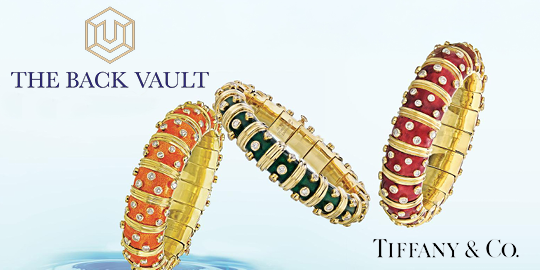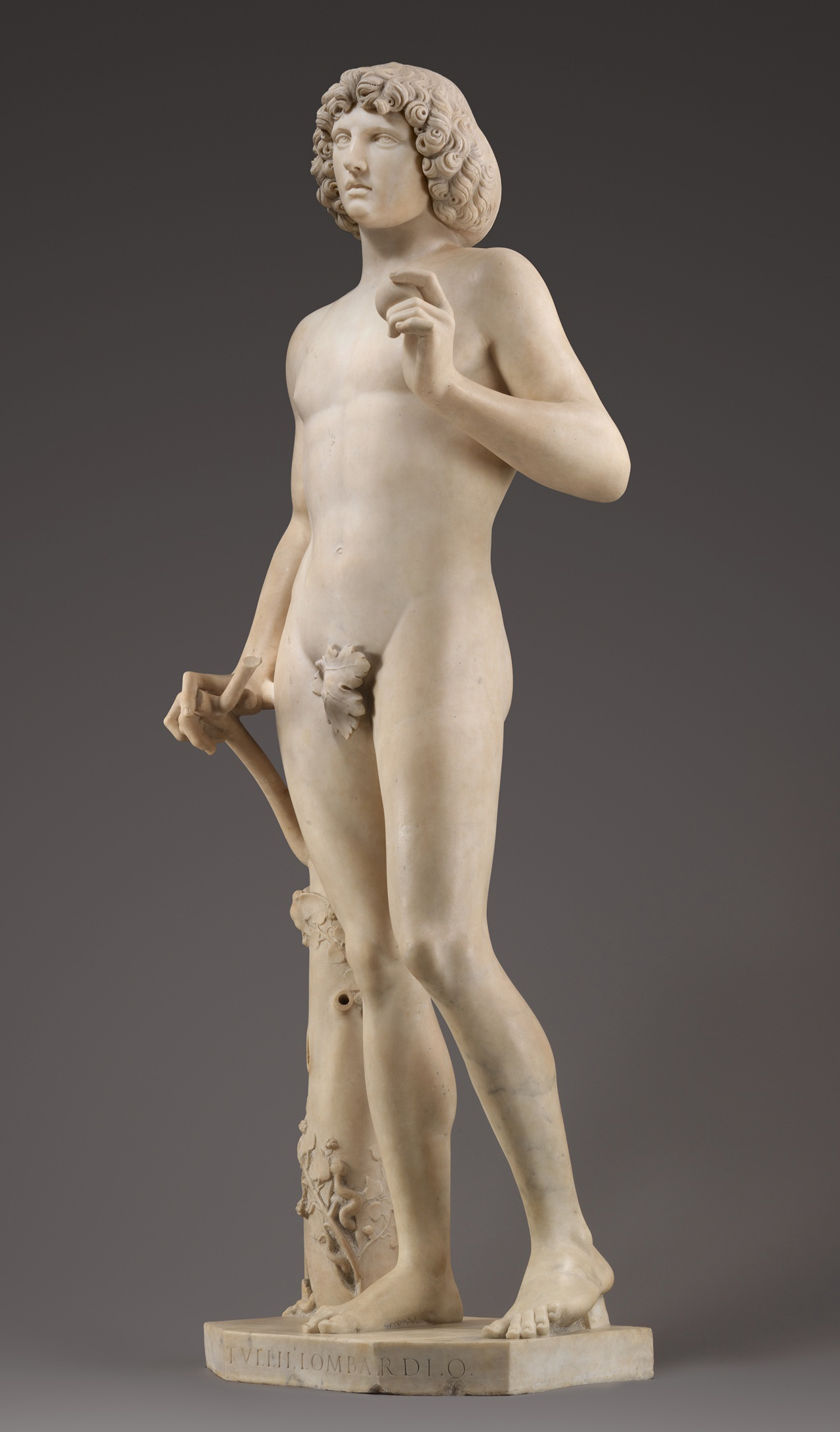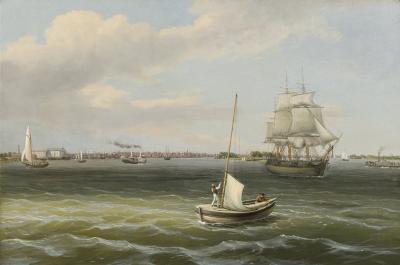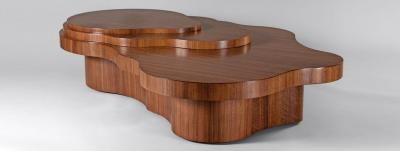Lombardo's Historic Adam Back on Display After Decade of Conservation
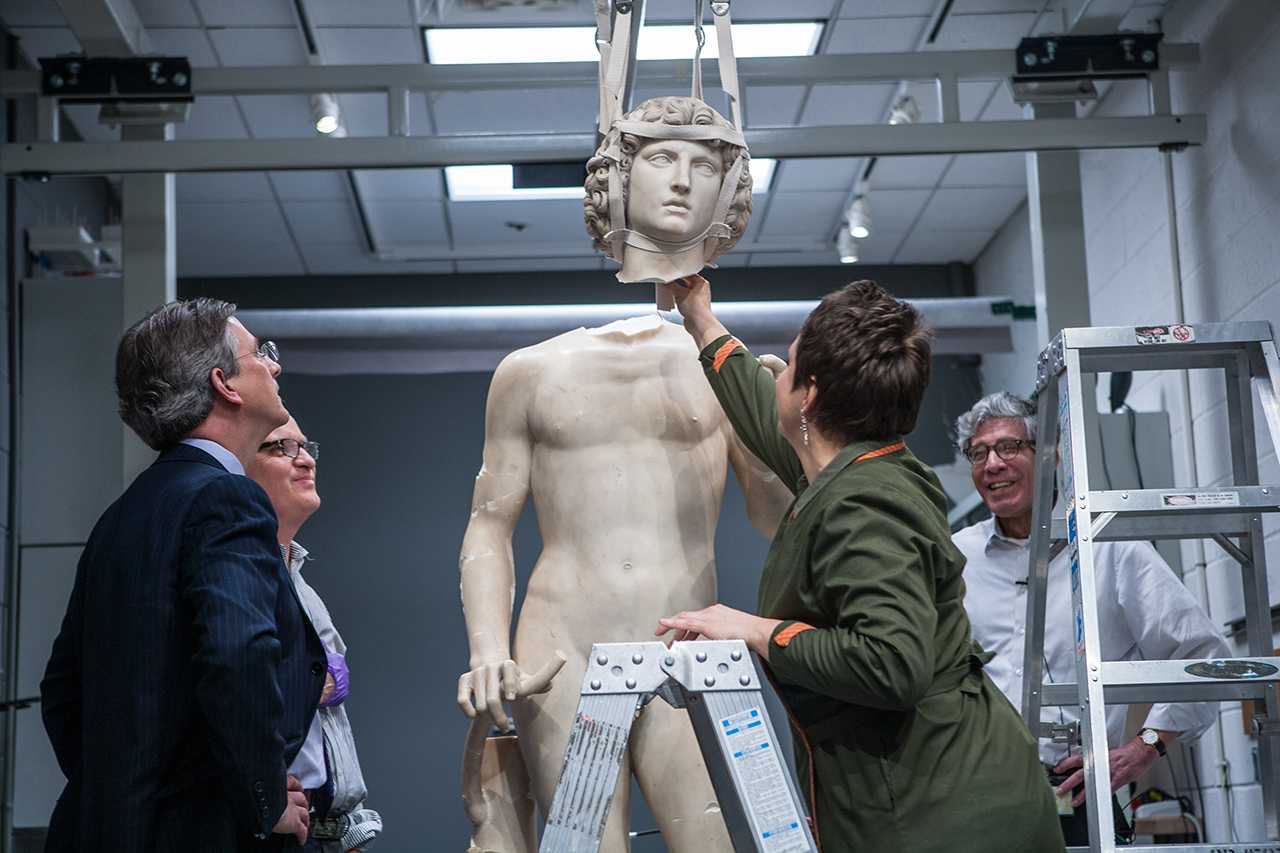
- "Adam" Tullio Lombardo (1490-1495), being restored by Met conservationists. Photo courtesy of Metropolitan Museum of Art
Tullio Lombardo’s “Adam” (1490-1495) is back on display at the Metropolitan Museum of Art today, following catastrophic breakage more than a decade ago when its wooden pedestal collapsed, shattering the statue into 28 large pieces and hundreds of smaller fragments. What followed was twelve years of painstaking conservation involving cutting edge research, construction, and modeling techniques, some of which were invented for the project, to restore what the Met describes as “the first monumental classical nude carved following antiquity.”
Originally commissioned for the tomb of Venetian Duke Andrea Vendramin, the 6’3”, 770 lbs. marble sculpture is the only signed work from the monument, and was added to the Met’s permanent collection in 1936. Following the breakage, which occurred on October 6, 2002, the Met commissioned a team of three conservators: Jack Soultanian, Carolyn Riccardelli (both of the Met), and Michael Morris (an independent conservator), to assess the damage and begin restoration efforts. The team consulted numerous scientists, historians, and craftsmen, and used laser mapping to create a virtual model of the statue to determine the stress points the breakage had caused and to test the best methods for applying the three fiberglass pins needed to maintain its structure.
Reconstruction of the sculpture was completed in April 2013, whereupon it was cleaned of accumulated grime, and its restoration points were color-matched with the existing marble. Originally expected to last two years, the conservation effort was extended to twelve years in order to achieve the best possible results. Philippe de Montebello, then director of the Met, said he wanted the statue to be “brought back to a state where only the congnoscenti could tell anything had happened.” De Montebello continued, “The aesthetic of Tullio is largely dependent on the high finish of the piece, to leave it in a broken state would have been to choose its accident as its defining historical moment.”
This openness about the restoration marks a shift in the art world’s secretive stance on revealing the damage history of pieces, with museums increasingly using them as a tool to educate people about pieces. The art world has historically favored either leaving damaged sculptures as they were, a policy known in art circles as “the romance of the fragment”, or hiding restoration efforts from the public. The Met has even gone so far as to produce a series of videos chronicling the restoration, which have been made available to the public, titled “After the Fall: The Conservation of Tullio Lombardo’s Adam” (Which you can view HERE). In fact, some professionals are of the opinion that acknowledging the damage might endear the work to the public even more. Of the newfound procedural transparency, Patricia Rubin, director of the Institute of Fine Arts said, “It’s something everyone can relate to. What happened to this sculpture is a quandary you face each time you drop a piece of china in your kitchen and see it smash on the floor.”
“Adam” and its restoration are the focus of “Tullio Lombardo’s Adam: A Masterpiece Restored” at the Met’s new Venetian and Northern Italian Sculpture Gallery, on view through July 2015. An in-depth analysis of the restoration, including the specific research, drilling, and pinning techniques employed will be featured in the 2014 volume of the Metropolitan Museum Journal.











